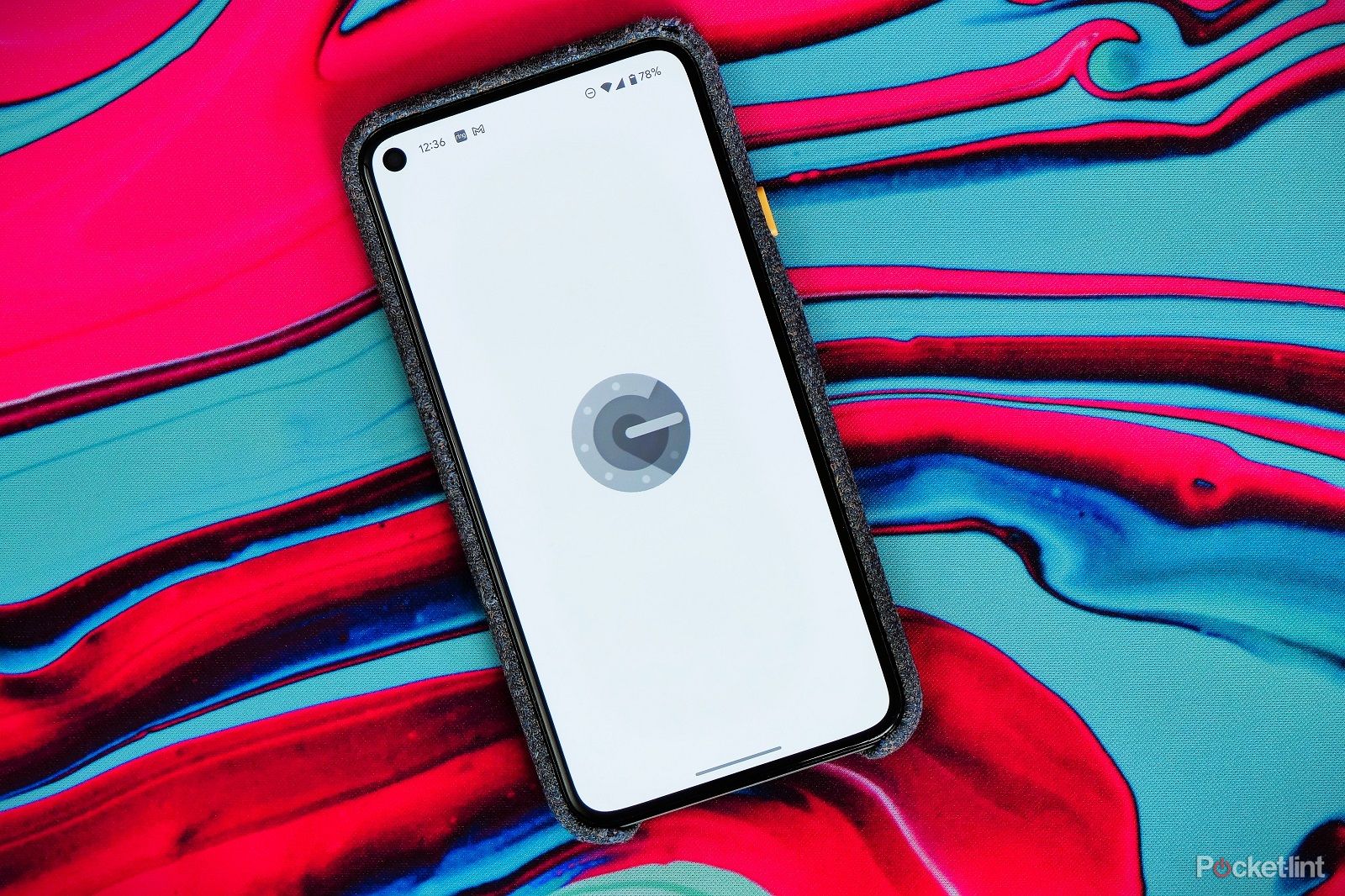The free Google Authenticator app has long been one of the better ways to manage your one-time passcodes. Those passcodes are important because they can be the difference between getting into your online accounts and being locked out. Now, Google Authenticator has a new feature that helps make all that work more seamlessly.
Google has announced an update to its app across Android and iOS that allows users to sync their one-time passcodes via their Google account. That means that people will have an easier time setting up new phones in the future and are much less likely to be locked out of their accounts should their phones be lost or stolen.
Google Authenticator gains syncing capabilities
One-time passcodes are a third layer of security beyond your username and password. The Google Authenticator app generates a code that has to be entered during the login process and without it, you can't get in. It's an important protection against hackers. But it has its limitations.
Before this news, Google Authenticator wasn't easily moved between devices. Lose a phone or buy a new one and you had to set it up all over again and that could be problematic if you didn't have a code to log in with. Now, Google says that's all changing.
"We are excited to announce an update to Google Authenticator, across both iOS and Android, which adds the ability to safely backup your one-time codes (also known as one-time passwords or OTPs) to your Google Account," the announcement blog post reads.
"One major piece of feedback we’ve heard from users over the years was the complexity in dealing with lost or stolen devices that had Google Authenticator installed," Google says. "Since one time codes in Authenticator were only stored on a single device, a loss of that device meant that users lost their ability to sign in to any service on which they’d set up 2FA using Authenticator." Syncing codes via Google fixes that by allowing them to be more easily recovered on a new device.
All users have to do now is make sure they're using the latest version of Google Authenticator and then sign into their Google account to enable the sync feature. We'd suggest doing that, but only if you're sure your Google account itself is as secure as can be.

